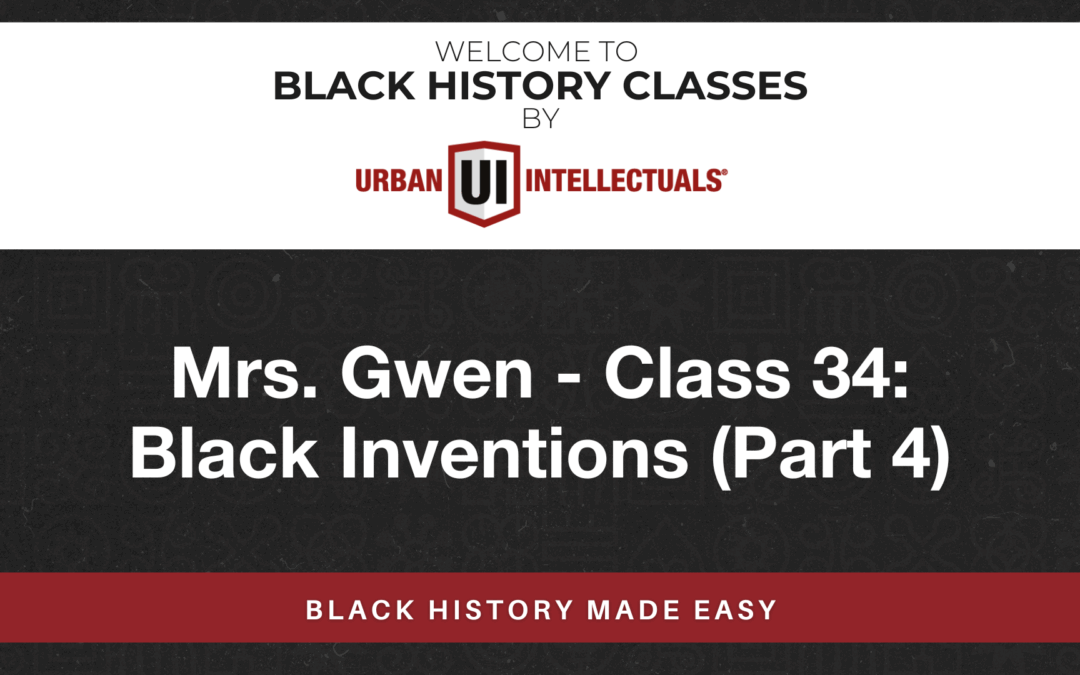
Class 36: True Colors (Part 2)
CLASS OVERVIEW
Discover who we were before we came to America by an African and America comparison.
BEFORE YOU GET STARTED:
- Please check the materials that go with this lesson and print relevant materials.
- Also, check out the books and products the teachers use for further learning.
- Reach out to support@urbanintellectuals.com if you have any questions or issues.
- Some links may be affiliate links where we may earn a small commission from purchases.
Sources:
N/A
Study Guide
Comparison of who we were in Africa as opposed to who we were believed to be and made to believe ourselves to be, in America.
AFRICA AMERICA
Authentic, proud Manufactured genius self-hating
Free human beings Enslaved
Heritage None
Family name Toby, Nigger “Kinky” Boy
Captive Enslaved Prisoner of War
Skin Color – Black Ugly, black-bad Kissed by the sun
Nose- Used for flat, wide, big hunting, safety, smell fragrances
Lip- to taste food big, too thick. Show affection
Hair – beautiful Nappy, kinky, braided Covered. Adorned, Good hair-white. Styled. Bad hair-African
Eyes to see Bulging, afraid, beauty and danger
Body-Long Legs-too long, legs for hips too high, running and too big, waist too hunting, lean short, thighs too and beautiful thick
Warrior-protector Lazy, no good, of all. Cotton picking, Champion. Good for nothing
Intelligent, Dumb Nigger Wisdom, Educated
Wealth, Poor Cattle, Land
Culture None Language Customs
Africa-home Coons; jigaboos; Our heart Jungle bunnies, Our land. Spades, porch Humanity monkey
THE QUIZ
N/A










